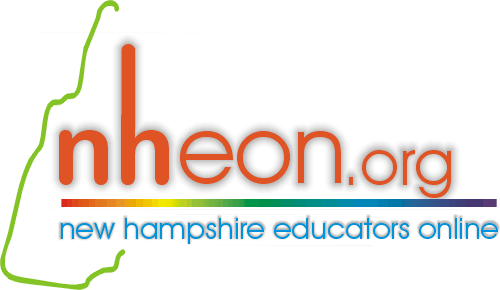|
|||||||||||
Tell us what you would like to see or give us an awesome resource to add to this toolkit.
|
Your district technology plan should provide specific goal statements that relate back to aspects of your mission and vision. The goals should be focused on specific areas of teaching and learning that your technology committee has determined should be changed or improved in order to foster increased student achievement and success. Above all the goals should be reasonable and measurable. Results from the evaluation of your previous plan should be used to set new goals for your current plan. Considerations for Goal SettingSpecific District Goals Goals should be clear and concise, should support the district's vision for technology, and align with district's mission. The goals shuld support the district's Professional Development Master Plan and any local educational improvement or strategic plans. Goals which merely provide an itemized "shopping list" of desired services, devices, or technologies are strongly discouraged as they fail to address the essence of the planning process, or focus energies on desired outcomes. Keep in mind that you will need to create action plans related to implementing the goals, along with budgeting for supporting funding, and developing a means of gathering data for assessment and evaluation of your plan's effectiveness. Consider the desired outcomes and develop goals which can be measured, are specific to a purpose, and allow for the development of action plan, budget, and evaluation. Keep your goals limited to a manageabel number and center them of specific areas for improvement, rather than broad and sweeping. Alignment with State School Approval Standards The Minimum Standards for School Approval, currently used in New Hampshire to approve schools, outline several areas in which technology or digital tools should be used in order to develop rigorous, next generation academic programs. Consider the following sections of the Minimum Standards when developing goals for your technology plans:
Alignment with National Educational Technology Plan The National Educational Technology Plan outlines a broad vision for how technology should be used and integrated into our schools in order to leverage technology to enable and drive innovation that produces future ready teaching and learning. Consider these broad goals for learning enabled by technology when developing your own goals for your technology planning.
Alignment with National Educational Technology Standards (ISTE Standards) The International Society for Technology in Education provides educational technology standards for students, teachers, administrators, coaches, and computer science educators. The family of ISTE Standards works in concert to support students, educators and leaders with clear guidelines for the skills, knowledge and approaches they need to succeed in the digital age. Together, we can innovate education. The New Hampshire Information and Communication Technologies Program Standards (Ed 306.421), part of the Minimum Standards for School Approval, are aligned with the ISTE Standards for students, and require students meet these proficiencies in order to be considered technology literate:
ResourcesSetting Educational Goals (Center for Teaching and Learning at BYU) Creating S.M.A.R.T. Goals (Top Achievement) Writing SMART Goals (University of Virginia) Effective Goal Setting (Yale University) Setting – and Achieving – Meaningful Goals (Western Governors University) Minimum Standards for School Approval (New Hampshire Department of Education) National Educational Technology Plan (Office of Educational Technology, US Department of Education) ISTE Standards for Students (International Society for Technology in Education) ISTE Standards (International Society for Technology in Education)
|
||||||||||
| technology planning resources for new hampshire educators |
|||||||||||
|
Last updated July 31, 2017 |
|||||||||||





